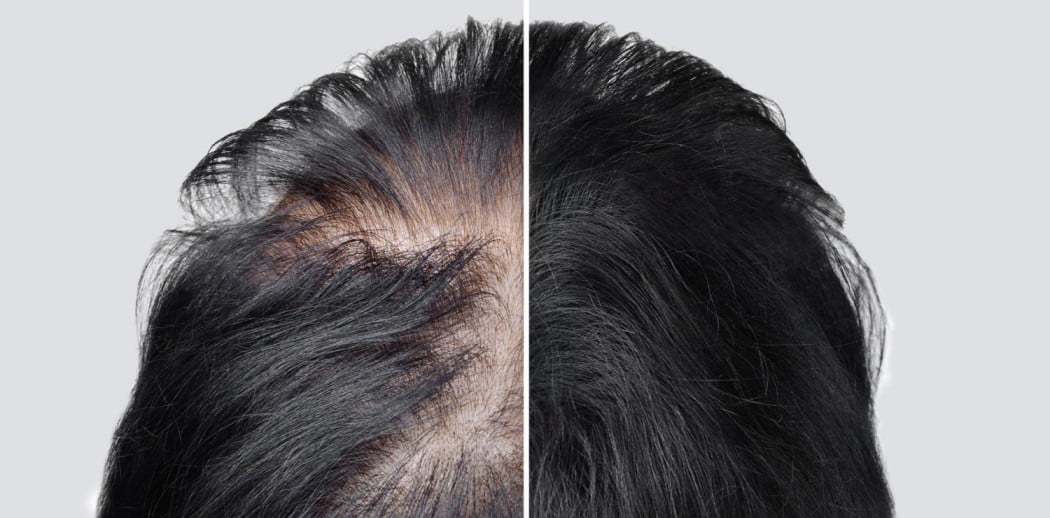Alopecia, also known as alopecia areata, is a disorder that causes hair loss by causing damage to the hair follicles on the scalp. Typically, hair shedding occurs in circular patterns in various parts of the hair, resulting in rounded bald spots. In extreme circumstances, however, it can cause full hair loss. Alopecia has no negative effects on health in general other than the psychological impact and is not contagious.
Alopecia universalis refers to the complete loss of hair on the head and body, whereas alopecia totalis refers to the complete loss of hair on the head only.
Causes of Alopecia
To this day, the cause of alopecia is unknown. All we know is that alopecia is an auto-immune condition in which the immune system attacks hair follicles. When people are healthy, their immune systems attack foreign bodies like viruses and bacteria, but in those with alopecia, for some reason the immune system mistakenly views the hair follicles as a foreign invader and assaults them, causing hair loss.
Signs of Alopecia
Although hair loss in rounded patches is the primary symptom of alopecia, some people may also have the following signs and symptoms:
- Hair can thin out in a circular pattern, but it does not necessarily fall out completely.
- Very rarely, hair loss might happen in the body and face in addition to the head.
- Hair can break leaving behind circles of short hair which are called exclamation point hair.
Those with alopecia who experience the following symptoms may experience irreversible hair loss:
- Patients who experience alopecia before puberty
- Patients who have had alopecia for more than a year
- Patients with a family history of alopecia
- Patients with an autoimmune condition or a thyroid issue
- Individuals who regularly develop allergies
- Patients with unusually shaped or colored toenails and fingers
In summary, alopecia, also known as alopecia areata, is a condition in which the scalp damages hair follicles, causing hair loss. It is an auto-immune condition in which the immune system mistakenly targets hair follicles for foreign entities. Alopecia is distinguished by round patches of hair loss, circular patches of thinner hair, and circular patches of short hair that remain when hair breaks. Although the specific causes of alopecia are unknown, some variables, such as experiencing alopecia before puberty, a family history of the condition, having an auto-immune disease, or having thyroid disorders, can increase the risk of developing permanent hair loss. Alopecia is not communicable and only causes hair loss; yet, it can have a serious psychological impact on those who suffer from it.







